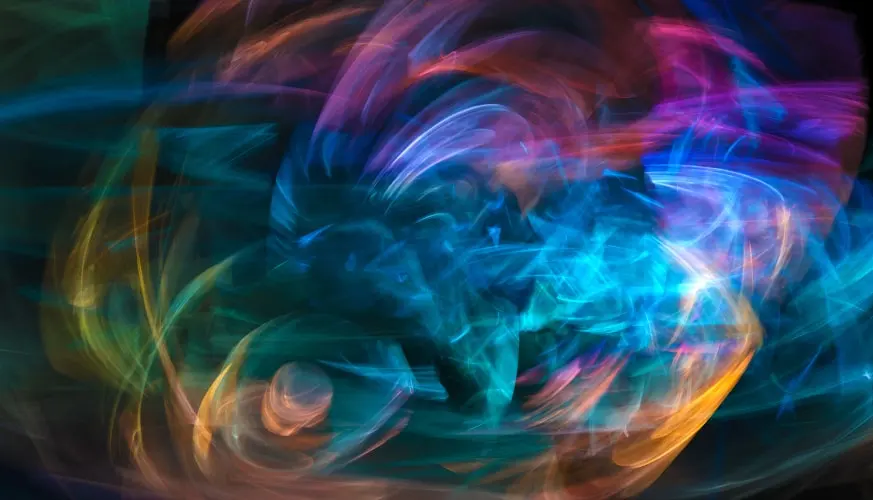Synesthesia
Recently there has been a dispute on the internet over the colour of subjects. With some insisting that math is red while others swear it is blue. But the true story behind this debate reaches further than TikTok videos and simple colour preferences. It explores the fascinating trait of synesthesia.
Synesthesia is a genetically linked trait, where the boundaries between our senses are blurred. The brain processes sensory information by directing it through various unrelated sensory pathways, resulting in the simultaneous experience of multiple senses. This results in experiences such as tasting colours or perceiving sounds as visual images in the mind. In fact, the name synesthesia comes from the same root as the word anesthesia. Where anesthesia means feeling no sensations, synesthesia means joint sensation.
So how does this joint sensation occur? The brain triggers multiple senses to respond when typically only one should be activated. The same information is being processed in the brain through two or more brain areas at the same time, causing a primary and at least one secondary effect. Primary effects can be hearing sounds and recognizing it as music whereas secondary effects could be seeing colours when hearing music.
There are many forms and expressions of synesthesia. Most common or interesting being day-colour synesthesia, the association of a day of the week, for example Tuesday as Green. Another is mirror-touch synesthesia. When a synesthete sees something happen to another person and they physically feel it.
Developmental synesthesia is associated with neurodivergence, signifying that the brains of those with this condition have developed differently from neurotypical individuals. While the precise cause remains uncertain, several factors are suspected to contribute, including early brain development, as it is believed that synesthesia is a natural part of early brain development that fades in most individuals. This explains why such a small percentage of adults are synesthetes. Additionally, the heightened connectivity and activity synesthesia causes in the multiple areas of the brain as response to a single sensory stimulus may contribute to the significantly higher prevalence of synesthesia in individuals with autism spectrum disorder (ASD), where the occurrence is at least three times greater compared to those without ASD. Genetics also play a role, as synesthesia tends to run in families. Although the specific type of synesthesia can vary among relatives, which suggests it is not a learned trait.
Studies indicate that synesthesia offers advantages, as individuals possessing this trait frequently exhibit enhanced memory capabilities linked to their specific synesthetic experiences. For example, a synesthete may run into someone they met many years ago. Where most people would forget the person’s name, a synesthete may remember that the person’s name was associated with the colour green and that names that start with D are usually recognized in their brain as green, causing the synesthete to conclude that the person’s name is Diana. Furthermore, synesthetes commonly achieve higher scores on intelligence assessments. Creativity is strongly associated with synesthesia, often leading those with this condition to pursue careers in creative or artistic fields. Notably, sound-colour synesthesia is prevalent among music artists, with notable figures such as Beyoncé, Duke Ellington, Billy Joel, and Mary J. Blige showcasing this unique sensory perspective.
